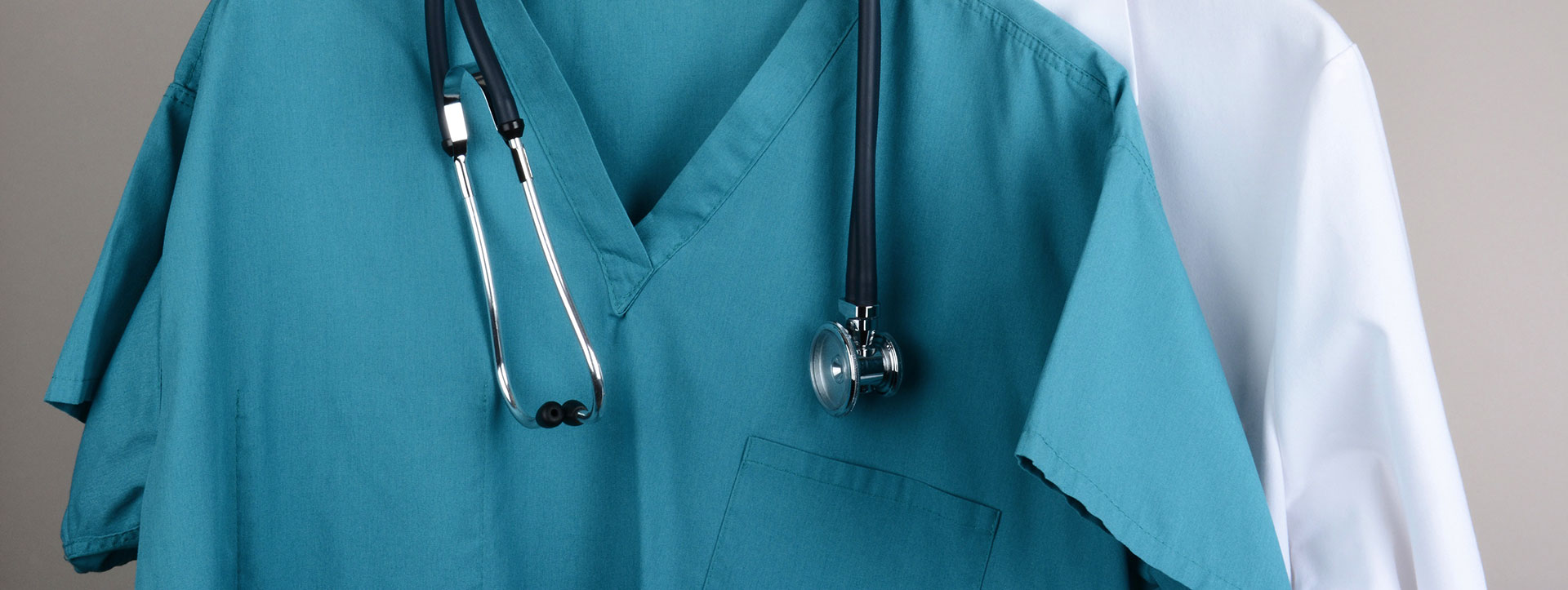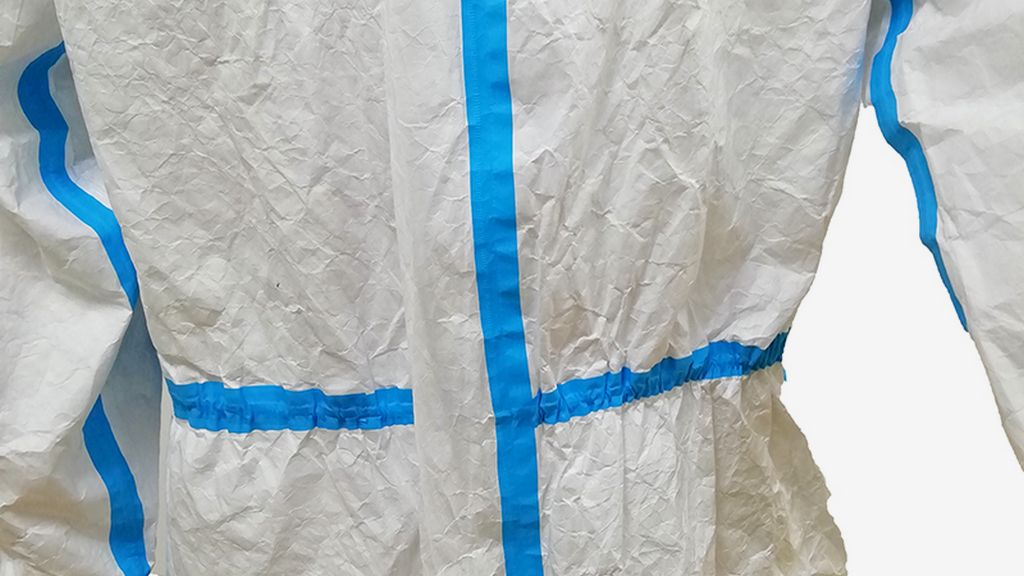
Copyright © 2020 EUROLAB Laboratory Inc. All rights reserved.

In the ASTM F1670 standard, developed by the American Testing and Materials Association (ASTM), a test method is presented to determine the resistance of materials used in the production of protective clothing against the penetration of synthetic blood under continuous fluid contact conditions. Whether protective clothing is successful in these tests is based on visual detection of synthetic blood penetration. The full name of this standard is as follows: ASTM F1670 / F1670M-17a Standard test method for the resistance of materials used in protective clothing to penetration by synthetic blood.

The test method described in this standard is not always effective in testing protective clothing items with thick inner linings that absorb synthetic blood easily. Therefore, this test method is a tool for selecting protective clothing materials for further testing, with a more complex barrier test described in the ASTM F1671 standard (ASTM F1671 / F1671M-13 Materials used in protective suits can be tested using phi-x174 bacteriophage penetration as the test system Standard test method for resistance to penetration of pathogens).
The ASTM F1670 standard does not apply to all forms or conditions of blood-borne pathogen exposure. This test method only addresses the performance of materials used in protective clothing or certain material structures such as seams.
This test method is actually based on the test method described in the ASTM F903 standard to measure the resistance of chemical protective clothing materials to penetration of liquids. This test method is normally used to evaluate samples taken from individual finished parts of protective clothing and samples of materials.
Medical protective clothing is intended to be a barrier against blood, body fluids and other potentially infectious materials. The wetting and penetration properties of body fluids, Many factors affect, for example, the surface tension, viscosity and polarity of the liquid, as well as the nature of the materials, their relative hydrophilicity or hydrophobicity.
With the experience gained over many years, our organization also provides standard testing services for the resistance of materials used in ASTM F1670 / F1670M-17a protective clothing to penetration with synthetic blood within the framework of laboratory services of the materials with a trained and expert staff.
To get an appointment, to get more detailed information or to request an evaluation, you can ask us to fill in our form and reach you.